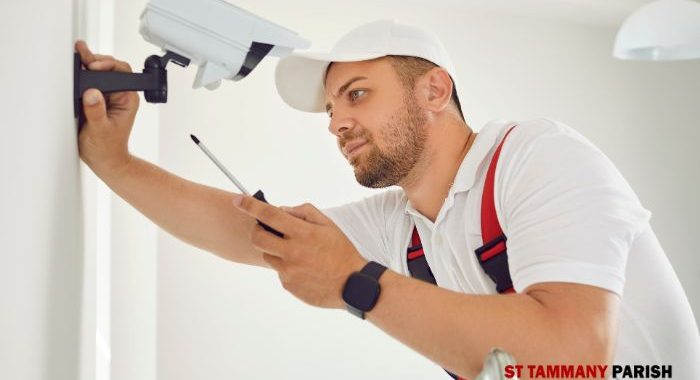Video surveillance has become ubiquitous in modern society, from public spaces to private businesses. While it can be an effective tool for crime prevention and detection, its widespread use raises concerns about privacy and the Fourth Amendment, which protects against unreasonable searches and seizures. This article examines the legal framework surrounding video surveillance and the delicate balance between public safety and individual liberties.
Fourth Amendment Protections
The Fourth Amendment prohibits the government from conducting unreasonable searches and seizures. This means that law enforcement officers must generally obtain a warrant based on probable cause before searching a person, their property, or their effects. However, the Supreme Court has held that video surveillance does not constitute a search if it is conducted from a public place where individuals have no reasonable expectation of privacy.
Public Spaces and Legitimate Expectations of Privacy
In public spaces, such as streets, sidewalks, and parks, individuals have a reduced expectation of privacy. Therefore, video surveillance conducted from these locations is generally not considered a search and does not require a warrant. However, there are certain areas within public spaces where individuals may have a legitimate expectation of privacy, such as restrooms, dressing rooms, and enclosed patios. Surveillance in these areas may implicate the Fourth Amendment.
Private Property and Trespass
Video surveillance conducted on private property is typically subject to the Fourth Amendment. If law enforcement officers enter private property to install or monitor video cameras without consent, they may be conducting an unlawful search. However, if the property owner consents to the surveillance, or if the cameras are placed in a location where individuals have no reasonable expectation of privacy, the surveillance may be permissible.
Surveillance Techniques
The Fourth Amendment implications of video surveillance can vary depending on the techniques used. For example, continuous recording of public spaces may be less intrusive than facial recognition software that tracks individuals’ movements and identifies them. Additionally, the duration and scope of surveillance can also affect the level of privacy infringement.
Balancing Public Safety and Privacy
The Fourth Amendment serves to protect individual privacy while allowing law enforcement to effectively investigate and prevent crime. Video surveillance can be a valuable tool in achieving these goals, but it must be used in a manner that respects constitutional rights. Balancing public safety and privacy requires careful consideration of the following factors:
- The location of the surveillance
- The legitimate expectations of privacy
- The techniques used
- The duration and scope of surveillance
- The purpose and necessity of the surveillance
Legal Challenges and Case Law
The issue of video surveillance and the Fourth Amendment has been the subject of numerous legal challenges. In the case of Kyllo v. United States (2001), the Supreme Court held that the use of a thermal imaging device to scan a home from outside violated the Fourth Amendment. The Court found that the thermal imaging revealed private information about the home’s occupants without their consent.
In more recent cases, the Supreme Court has upheld the use of video surveillance in certain circumstances. In Florida v. Jardines (2013), the Court ruled that police could use a thermal imaging device to scan a home from outside without a warrant if they had a reasonable suspicion that the occupants were growing marijuana. The Court found that the use of the device was minimally intrusive and did not reveal any private activities.
Best Practices for Video Surveillance
To ensure that video surveillance is conducted in a manner that respects the Fourth Amendment, law enforcement agencies and private entities should adopt the following best practices:
- Obtain consent or a warrant whenever possible.
- Limit surveillance to public areas where individuals have no reasonable expectation of privacy.
- Use surveillance techniques that are minimally intrusive.
- Restrict the duration and scope of surveillance to what is necessary.
- Ensure that the surveillance is conducted for a legitimate purpose.
Conclusion
Video surveillance is a powerful tool for crime prevention and detection, but its use must be balanced against individual privacy rights guaranteed by the Fourth Amendment. By carefully considering the legal framework surrounding video surveillance and adopting best practices, law enforcement agencies and private entities can strike an appropriate balance between public safety and individual liberties.

